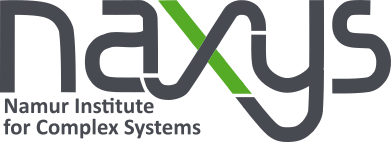naXys Newsletter – January 2022

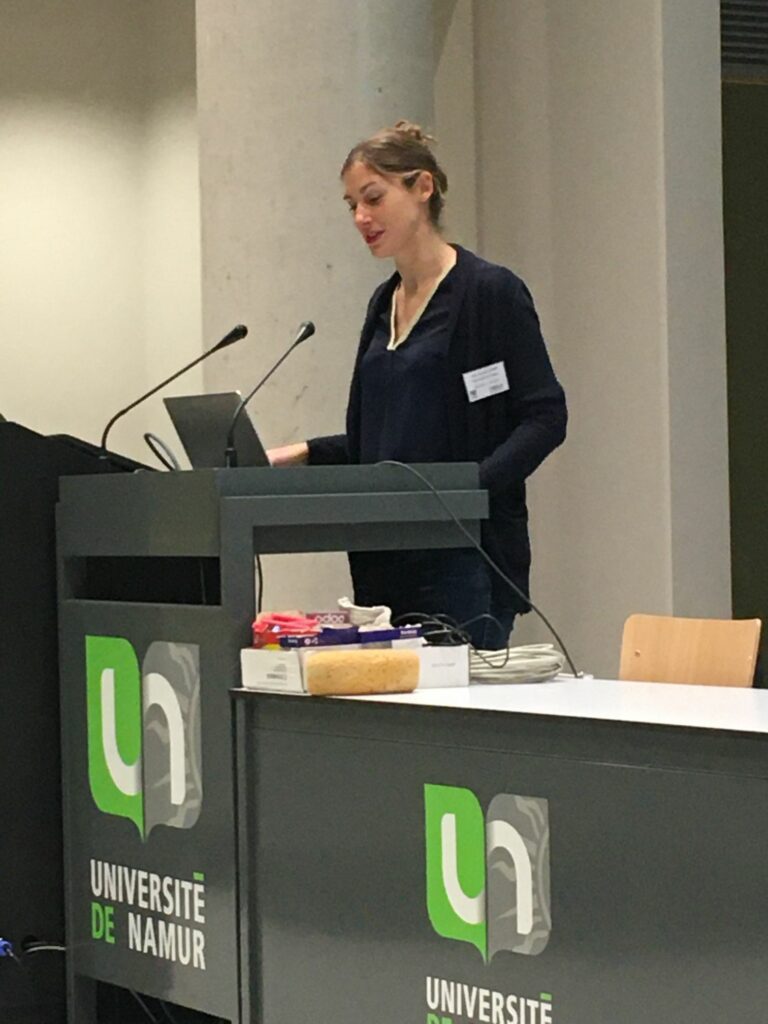
Looking back at the past year, I would like to start 2022 by thanking you all for your contribution to the success of the Institute, your capacity of adaptation, and your creativity in decision and solutions. Many research projects were granted to the Institute in 2021. I wish you all the best for the coming year, as well as many rich face-to-face meetings inside naXys and all over to world.
Anne-Sophie
Director of naXys
UPCOMING SEMINARS
- A multi-type branching process method for modelling complex contagion on clustered networks, Leah Keating (University of Limerick), February 10, 13:00 – 14:00
- Predicting the impact of environmental change on coexistence, Frederik De Laender (UNamur), February 24, 13:00 – 14:00
- Vaccination strategy design by a state-feedback control for an Age-Dependent epidemiologic model, Candy Sonveaux (UNamur), March 10, 13:00 – 14:00
- Spectral identification of networks with generalized diffusive coupling, Marvyn Gulina (UNamur), March 17, 13:00 – 14:00
Abstracts can be found on our website: https://www.naxys.be/events/
NEXT ACTIVITY SUPPORTED BY NAXYS
- FNRS Doctoral School – Introduction to dynamical systems on complex networks, February 1st to 3rd, 9:30 to 12:30, UNamur, Faculty of Science. More information
NEWS
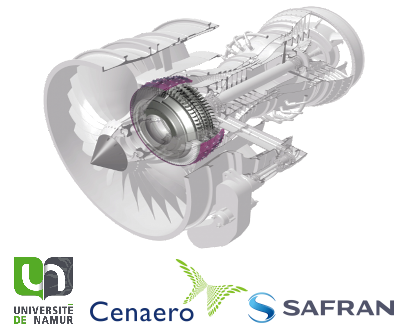
KICK-OFF MEETING
MASTERMIND is a 48-month long research project involving naXys researchers Sylvério Pool Marquez and Annick Sartenaer, in collaboration with Cenaero and Safran Aero Boosters as industrial support, and funded by the Walloon Region Win²Wal program. The online kick-off meeting was held on 17th December 2021 where organizational and technical aspects of the project were discussed for a successful project start.
Nowadays, the design of complex systems can be significantly accelerated through the intensive use of numerical simulations.
In order to address the challenges of competitiveness and innovation, the development of methods combining these simulation tools with advanced optimization algorithms has an important role to play. Furthermore, the Aerospace industry is characterized by a constant search for products’ performance improvement, especially today when environmental constraints are more stringent and energy prices higher than ever. To remain competitive, it is necessary to promote technological breakthroughs to increase the performance of aircraft engines, and in particular of low-pressure compressors designed by Safran Aero Boosters. Besides the challenge of decreasing the large computational cost associated to numerical simulations, another key challenge arising from real-world optimization problems is the need to natively handle variables of different nature (continuous, integer, discrete and/or categorical) but also dependent on each other. The main goal of MASTERMIND is to develop efficient optimization techniques (beyond the state-of-the-art) natively handling mixed and dependent variables in order to overcome the technological barriers still linked to this type of problem.
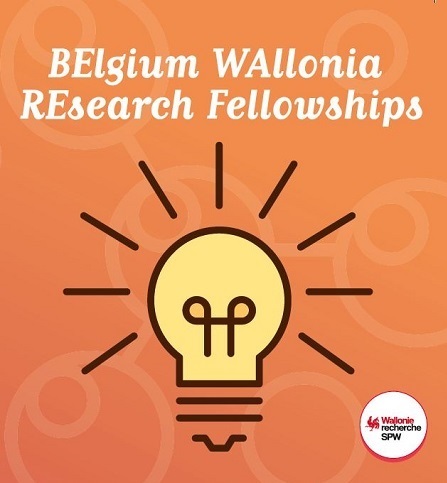
BEWARE FELLOWSHIP
The results of the call for the BEWARE fellowships (BElgian WAllonia REsearcher) have been released. The ILabBot project (Intelligent Laboratory Autonomous Mobile Robot for Pharmaceutical Industry) has been awarded to naXys researcher Elio Tuci in collaboration with the company CISEO.
It aims at equipping the HelMO mobile robot with all the control mechanisms and additional sensors necessary to make the robot operate autonomously in a pharmaceutical laboratory environment which will automate the production processes currently performed by humans. More precisely, the objective is to allow the HelMo robot to navigate autonomously in a structured interior environment, to manipulate objects and to interact with human operators. Muhanad Hayder Mohammed will join naXys for three years as a postdoctoral researcher.
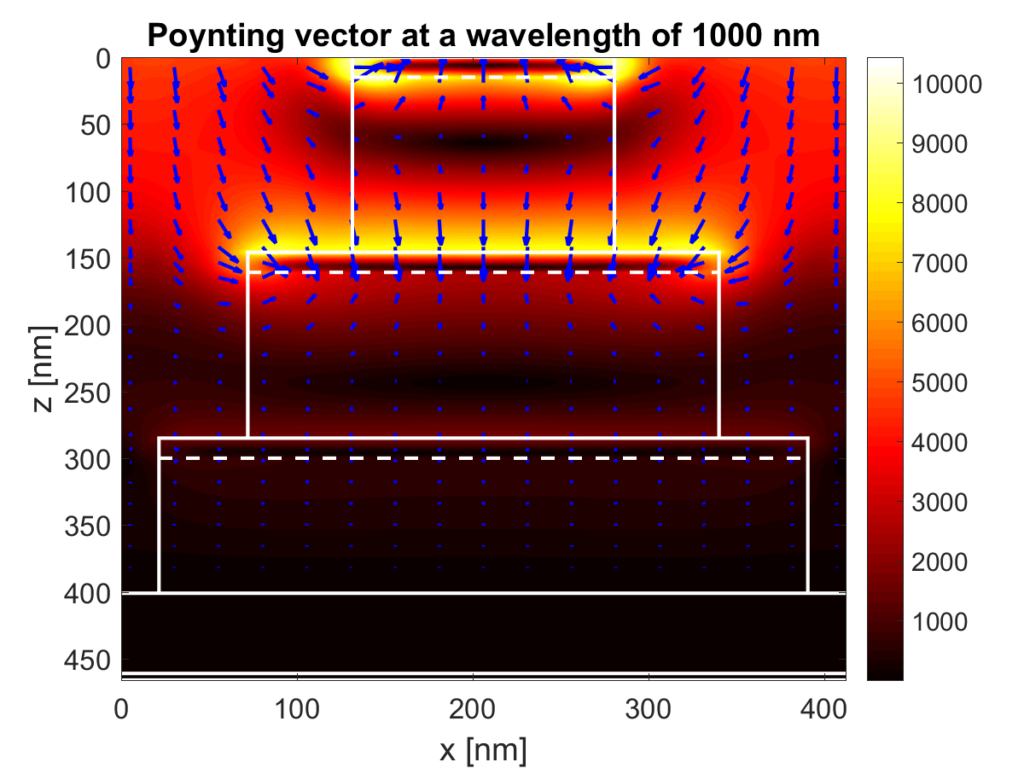
GENETIC ALGORITHM FOR ULTRA-BROADBAND ABSORBERS
UNamur researchers have recently published an article in which they present different solutions to quasi-perfectly absorb electromagnetic radiations with wavelengths in either the visible, the ultraviolet or the infrared. The pyramidal structures that make this ultra-broadband absorption possible were optimized by a genetic algorithm.
In this extensive study, different combinations of materials were considered and optimal geometrical parameters were determined for each case. The best robust high-quality solution leads to an integrated absorptance of 99.8%. This improves previous work, in which a value of 98% was reported. It also provides solutions that are compatible with current fabrication techniques, thanks to a reduction of the number of layers required.
These superabsorbers could be used for the suppression of straight light in optical instruments or for electromagnetic shielding in sensible applications. This study started with the PhD work of Michaël Lobet in 2014 and benefited from discussions with experts from all over the world. The genetic algorithm developed by naXys researcher Alexandre Mayer allows to finally obtain these fine-tuned results. The next step will consist in the fabrication of these nanopyramids.
Reference: Genetic-algorithm-aided ultra-broadband perfect absorbers using plasmonic metamaterials, A. Mayer, H. Bi, S. Griesse-Nascimento, B. Hackens, J. Loicq, E. Mazur, O. Deparis, M. Lobet, Optics Express 30 (2), 1167-1181 (2022)
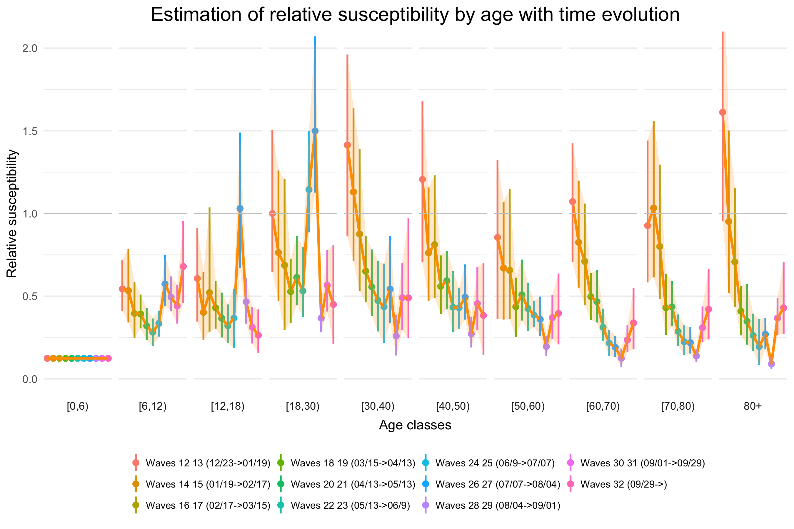
MATHEMATICS IN FIGHT AGAINST COVID-19
naXys researcher Nicolas Franco pursues his efforts to study the COVID-19 pandemic in Belgium by providing scientific results to policy makers, GEMS, hospitals and institutions, in collaboration with UHasselt and UAntwerpen and more recently with the LHUB-ULB Academic Hospital Lab.
Consultancy work on the new variant Omicron was achieved for the federal government as well on the vaccination for the Superior Health Council. In addition to mathematical models, a new technique for identifying the relative contribution of different age groups to COVID-19 transmission (age-specific susceptibility) was developed using algebraic and numerical methods applied to biweekly collected social contact data.
More information on the mathematical model and results can be found here :
– N. Franco, Covid-19 Belgium: Extended SEIR-QD model with nursing homes and long-term scenarios-based forecasts, Epidemics Vol. 37, 100490 (2021)
– N. Yin et al., Leveraging of SARS-CoV-2 PCR cycle thresholds values to forecast COVID-19 trends, Front. Med. 8:743988 (2021)
– N. Franco et al., Inferring age-specific differences in susceptibility to and infectiousness upon SARS-CoV-2 infection based on Belgian social contact data, medRxiv:10.1101/2021.10.10.21264753
– Publicly available reports: https://covid-en-wetenschap.github.io/2022/01/technical-note-simid-january
| Want to add information in the next newsletter? Please send it to naxys@unamur.be |
| Copyright © 2022 – naXys, All rights reserved. Contact: naxys@unamur.be Wesite: www.naxys.be naXys · University of Namur · Rue de Bruxelles 61 · Namur 5000 · Belgium |

